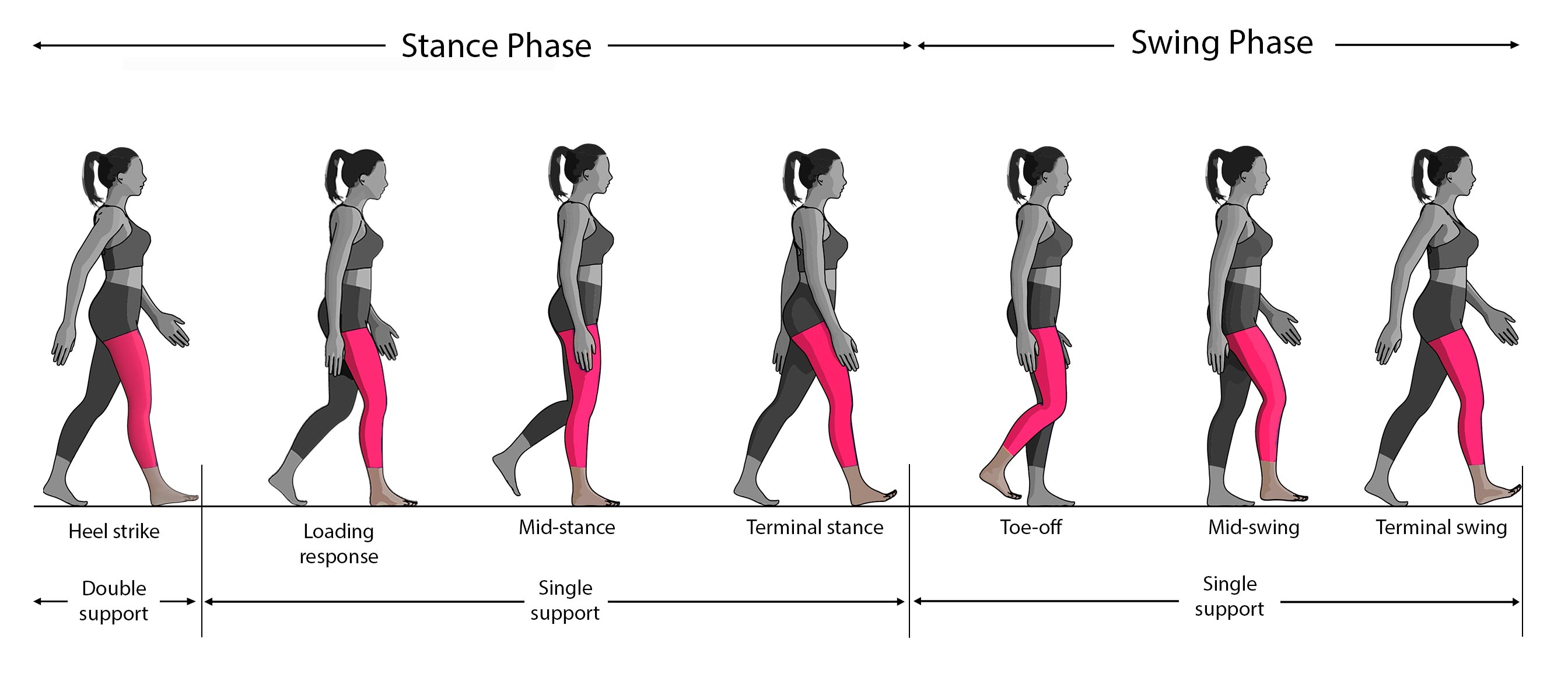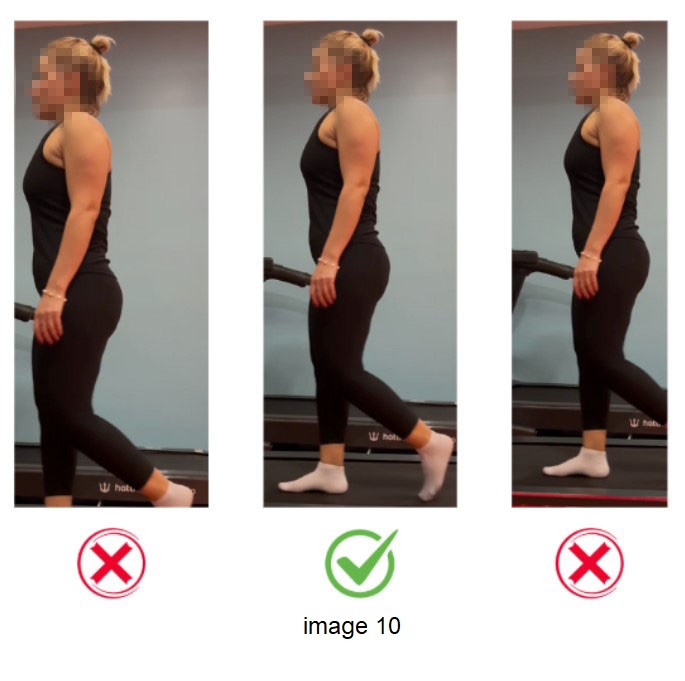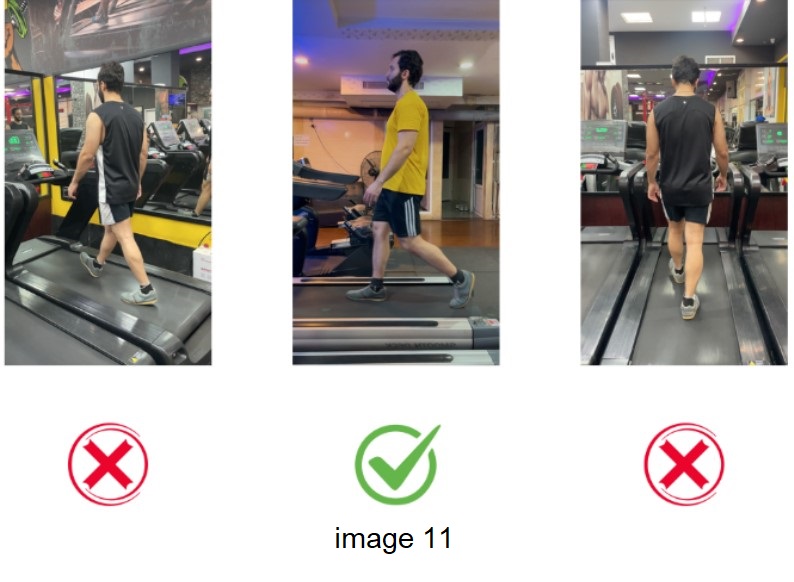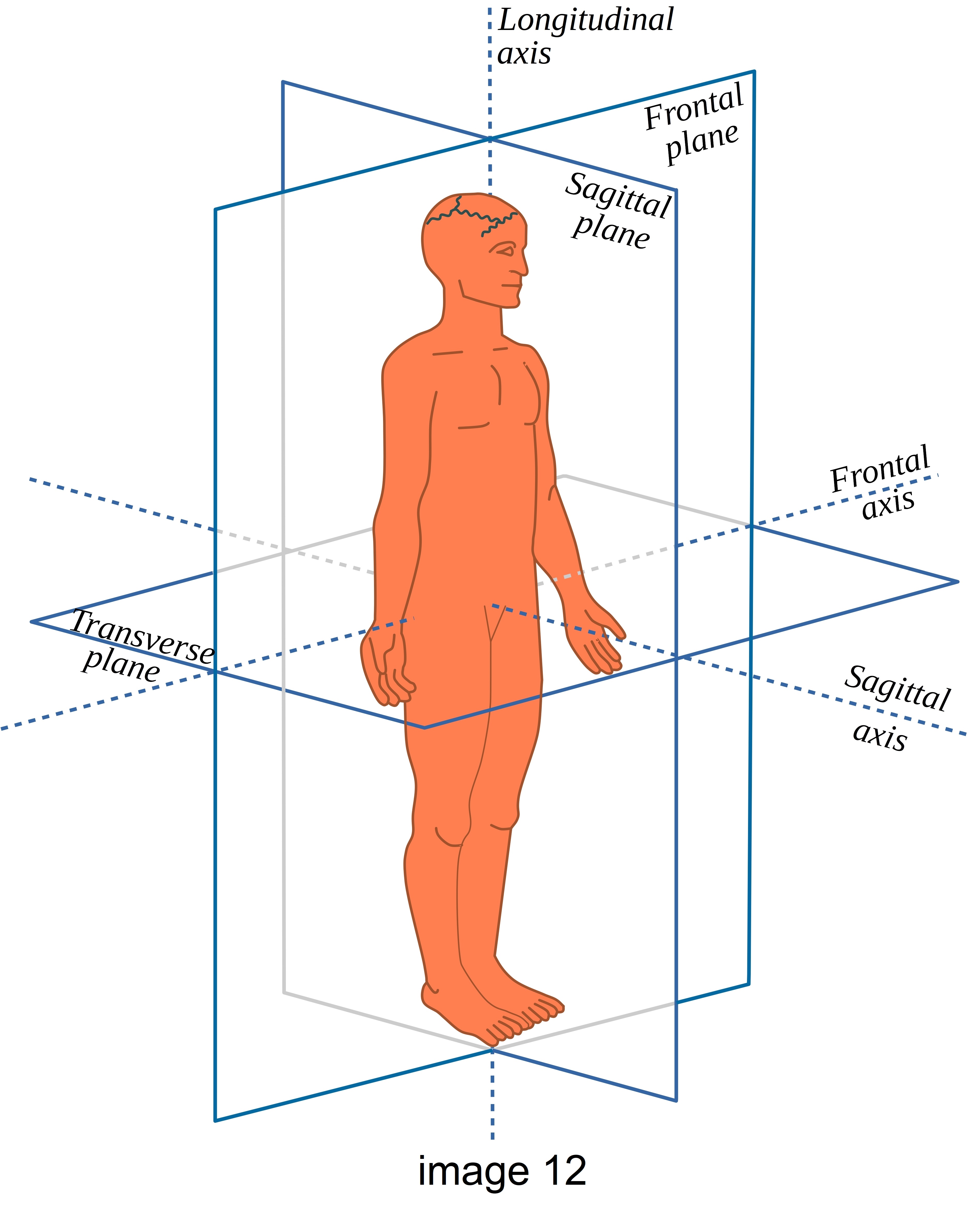
Introduction
Gait analysis is a scientific method of evaluating movement patterns, kinesiology and examining the range of joint movement and muscle function during walking. Gait analysis is used to assess, plan, and improve the movement patterns of people with disabilities. Rehabilitation movement specialists and physiotherapists use this method to analyze the movements of professional athletes and their injured clients. This type of kinesiology can be effective for analyzing injuries in the skeletal and muscular structure, and professional experts can prepare more suitable movement programs and exercises for their clients.
How to make videos to achieve accurate results:
• image background
• There should not be another person in the background so that the analysis algorithms are not disturbed. The presence of people in the background can reduce the accuracy of detecting the target person's movements.
• camera stability
• To prevent shaking and reduce noise in the video, be sure to use a stand or tripod for the phone or camera. Camera movement or vibration can cause errors in the data extracted from the person's movement and reduce the accuracy of the analysis.
• Treadmill settings
• The speed of the treadmill should be set as close as possible to the person's natural walking speed, and the incline should be set to zero. Sudden changes in speed or use of incline can affect the walking pattern and make the analysis results invalid.
• video length
• The video should be at least one minute long and the person should maintain a constant walking speed throughout. A shorter duration may not provide sufficient sampling of steps and cause instability in the analysis.
• subject occlusion
• The person's body should be completely inside the camera frame and the knee and ankle joints should be clearly visible. Even partial obstruction of these joints can cause errors in recognizing the position and movement of the body. (Image 10)
• camera angle
• The camera should be placed in the lateral (sagittal) angle (image 12) so that the person's body can be seen completely from the profile view. The wrong angle of the camera may cause errors in detecting the angles of the joints and have a negative effect on the accuracy of the analysis. (Image 11)
• treadmill type:
• Treadmill handles should be short and not extend to the end of the rail so as not to block the view of the person's body. Long or inappropriate handles can cover parts of the body and cause the loss of important information in the analysis.
• Subject positioning:
• The person should be positioned as far back as possible from the treadmill handles so that their body can be seen unobstructed in the image. Standing too far forward or to the side of the treadmill may cause part of the body to move out of the camera frame and interfere with the analysis.



| All Rights Reserved | FlexiTrace Developers LTD